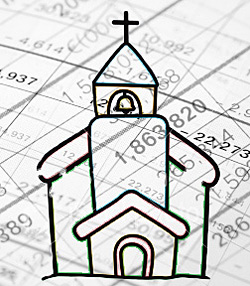
Cost Per Seat
Based upon analyzing numerous successful installed systems, I’ve found that the method of cost per seat is a way that we can explain our craft’s funding requirements in broad terms to the architect/engineering community.
After all, construction companies would no sooner dream up a price for a roof without specific information such as total square footage, weather conditions of the location, and so on.
And building engineers have design criteria to insure that a roof will safely handle snow loads and local wind conditions, etc.
With these basic factors defined, a base-line cost can be determined, and it can then increase depending on things like aesthetic and material choices.
It’s also highly unlikely that the “same spec roofing materials” are available at a 30 percent discount!

Let’s get back to the concept of “new construction and a traditional service means a working number of $70 per seat.”
We’ll define the room as a “shoe box” (basic rectangular shape), where system elements can largely be placed without limitation. Traditional service basically means liturgical, with program material centered on spoken word rather than reinforced music.
We would expect that the system would not have a lot of facilities (inputs), sound pressure level or audio bandwidth requirements.
Note: even in this baseline example, if the size of the space gets smaller in scope, the total design time, parts and installation won’t change much; in fact, expect the cost per seat to rise above $70 due to fewer seats.
Armed with this information, it’s pretty easy to see how a system for contemporary service to serve large choirs and orchestras, pageants and perhaps rock/pop performances, in addition to providing intelligible spoken word, can easily reach a cost far north of $140 per seat.
Further, as sightlines get longer and intimacy is lost, video displays are often deployed to bring the programming closer to the audience.
Factoring in the sound to adequately match this video can push the system cost even higher.
